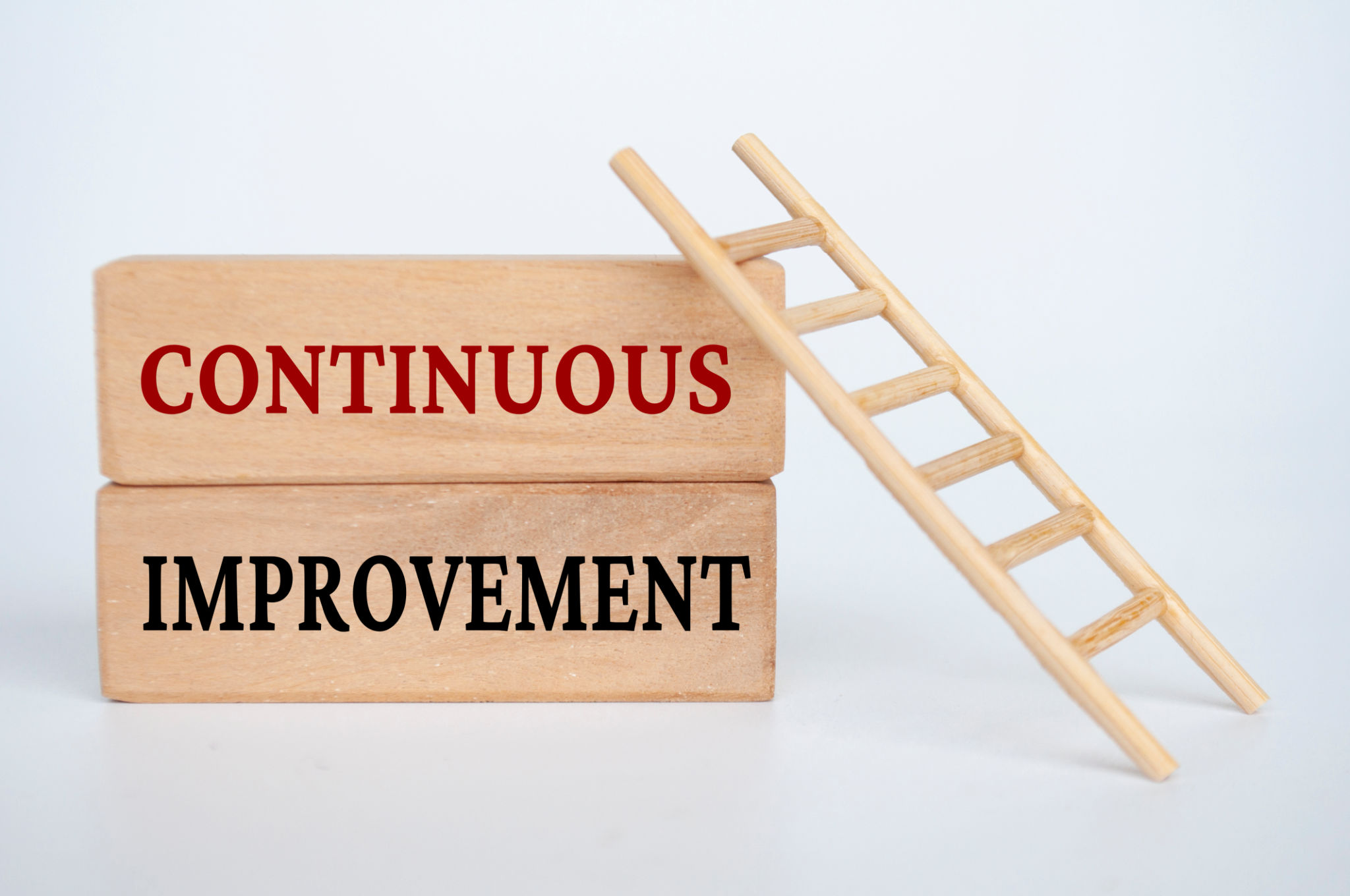FAQ: How to Choose the Right AI Integration for Your Business
Understanding Your Business Needs
Choosing the right AI integration for your business starts with understanding your specific needs. Every business has unique challenges and goals, and identifying these is crucial. Consider what problems you aim to solve with AI. Are you looking to automate customer service, enhance data analytics, or improve operational efficiency? Clearly defining your objectives will guide your AI integration journey.
Additionally, assess the current state of your business processes and technological capabilities. This assessment will highlight areas where AI can add the most value. Consider the scalability of potential AI solutions and how they align with your long-term business strategy.

Researching AI Solutions
Once you have a clear understanding of your business needs, it's time to research potential AI solutions. Begin by exploring industry-specific AI applications. Many sectors, such as healthcare, finance, and retail, have tailored AI tools designed to address particular challenges. Investigate case studies and success stories within your industry to see how similar businesses have benefited from AI integration.
Consider consulting with AI experts or hiring a consultant to provide insights into the latest technologies and trends. They can help you navigate the complex AI landscape and suggest solutions that are most relevant to your business.

Evaluating Vendors
With a list of potential AI solutions in hand, the next step is to evaluate vendors. Look for vendors with a proven track record of successful AI implementations in your industry. Check customer reviews, testimonials, and references to gauge their reputation and reliability.
It's also crucial to assess the level of support and training provided by the vendor. Implementing AI can be a complex process, and having access to dedicated support can make a significant difference in the success of your integration.

Considering Cost and ROI
Cost is an important factor when choosing an AI solution. Develop a budget that considers not only the initial investment but also ongoing maintenance and support costs. Compare these costs with the projected benefits to determine the potential return on investment (ROI).
Remember that the cheapest solution isn't always the best choice. Consider the long-term value an AI solution can bring to your business in terms of efficiency improvements and competitive advantage.
Implementing and Testing
Once you've selected an AI solution, plan the implementation carefully. A phased approach can help manage risks and ensure a smoother transition. Begin with a pilot project to test the solution in a controlled environment before full-scale deployment.
Monitor the performance of the AI system closely during this phase. Gather feedback from users and stakeholders to identify any issues or areas for improvement. This feedback will be invaluable in optimizing the system for your specific needs.

Ensuring Security and Compliance
Security and compliance should be top priorities when integrating AI into your business operations. Ensure that any AI solution you choose complies with industry regulations and data protection standards. Work with your IT department to address any potential security vulnerabilities.
Regularly review and update your security policies to keep pace with new threats and technological advancements. A secure AI system will protect your business data and build trust with your customers.
Continuous Improvement
The journey doesn't end with implementation; continuous improvement is key to maximizing the benefits of AI integration. Regularly evaluate the performance of your AI system and make adjustments as needed. Stay informed about new developments in AI technology to keep your solutions up-to-date.
Encourage feedback from employees and customers to identify new opportunities for AI applications within your business. This proactive approach will ensure that your AI integration continues to deliver value over time.
